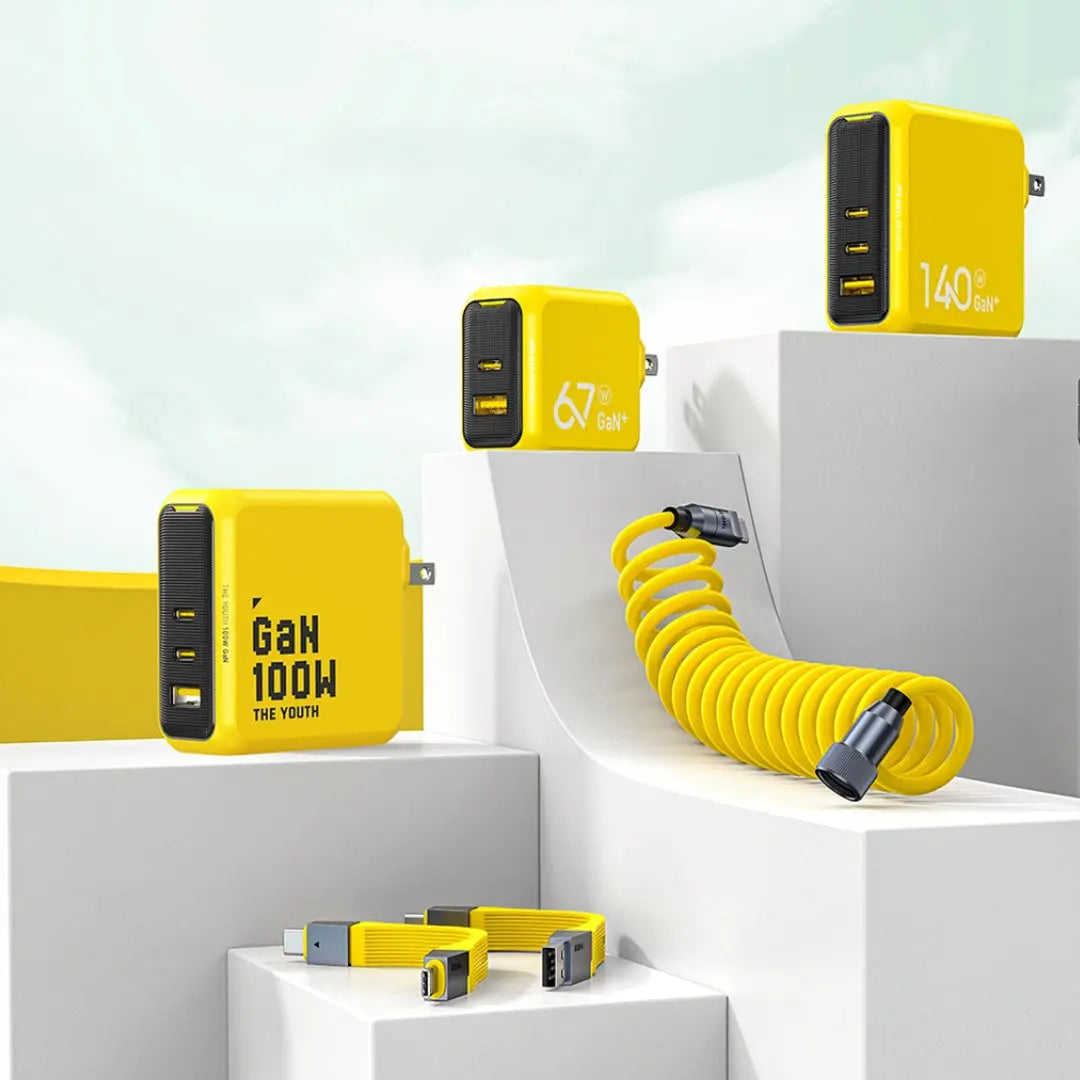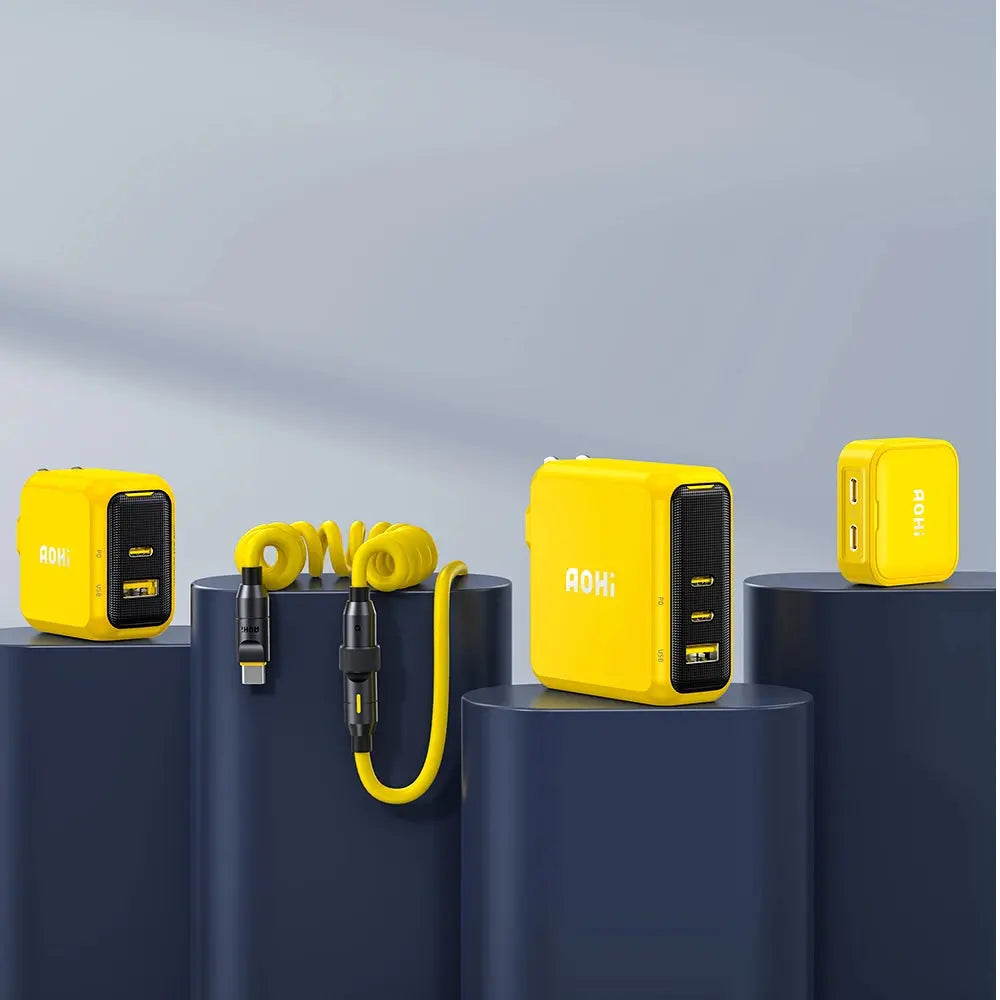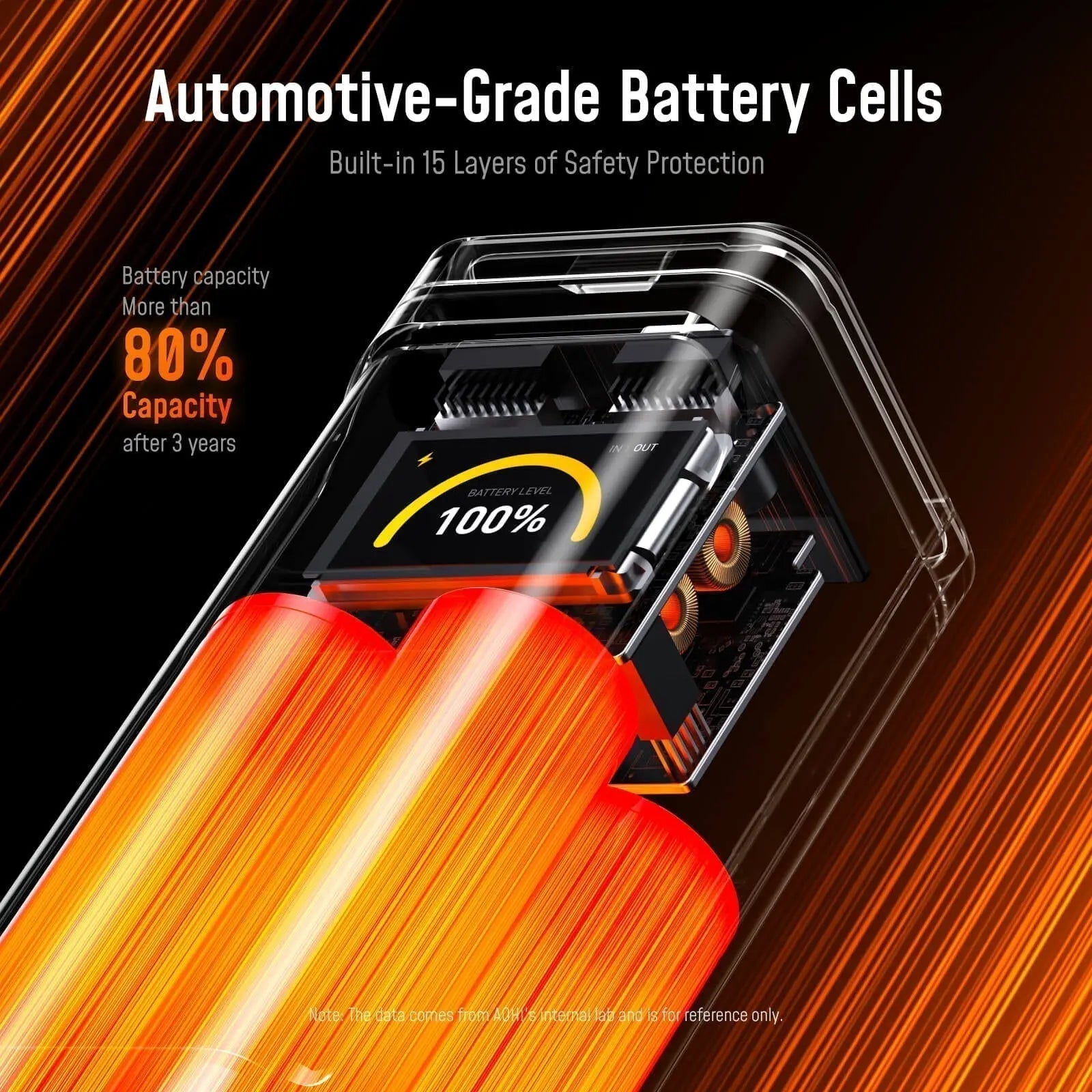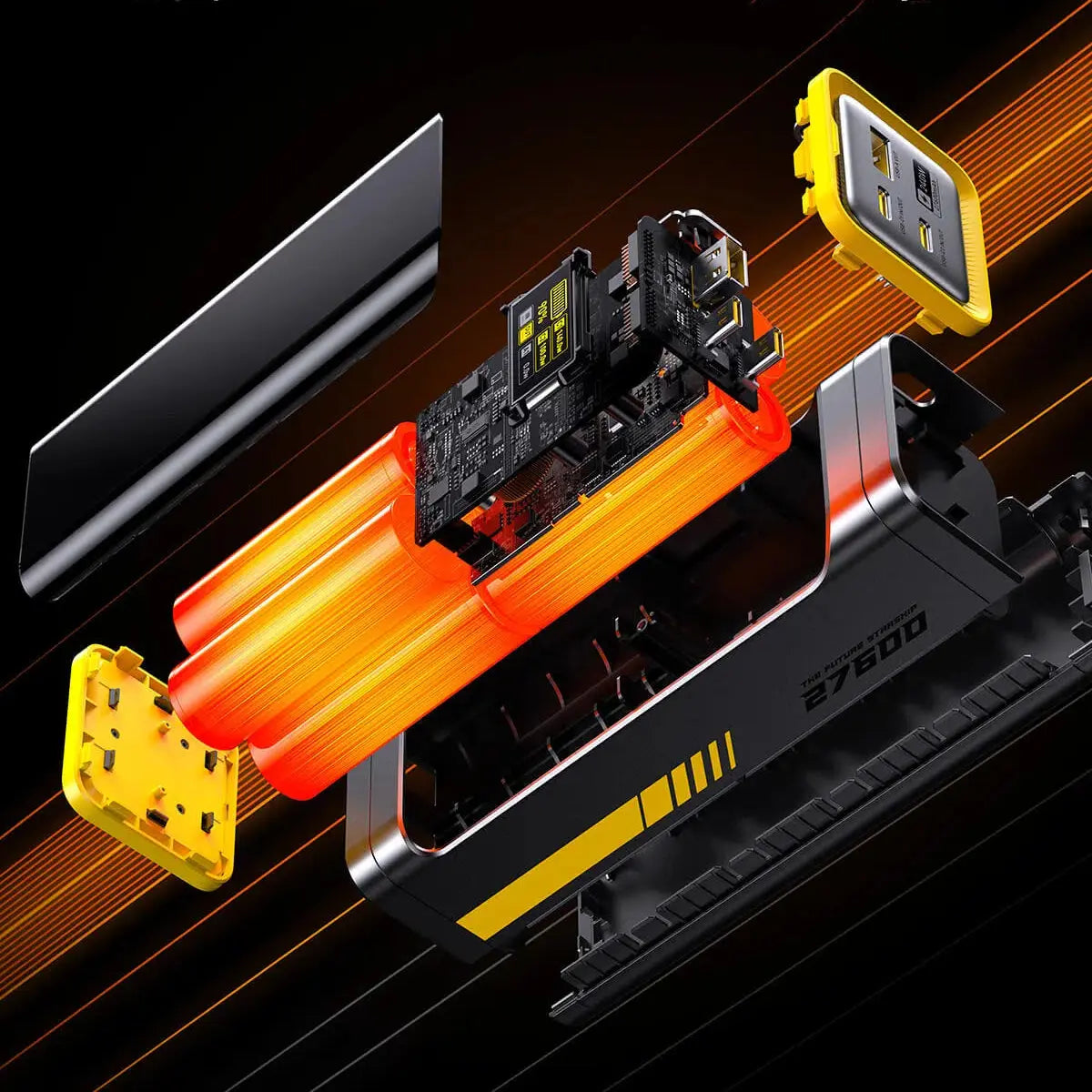What exactly is USB-C Power Delivery, and why is it relevant to us?
USB-C is the latest power delivery standard, and it is being deployed in an increasing number of products. But, what exactly is USB-C power delivery? How does it function? And how does it charge devices?
What exactly Is Power Delivery?
Simply explained, Power Delivery (or PD) is the worldwide specification of rapid charging via USB-C by the USB Implementers Forum. The forum is working to develop a standard that can be utilized on all devices, not just certain ones.
The goal of USB-C was to eliminate proprietary nonsense. Many businesses developed their own USB-C technology. Samsung Super Fast Charge, QUALCOMM Quick Charge, Huawei SuperCharge, and OPPO VOOC are a few examples.
As you may assume, these criteria are exclusively applicable to their particular brands. Samsung's quick charging is only compatible with Samsung devices. An OPPO handset will not benefit from a Samsung charger.
Power Delivery was created to make quick charging available to everyone. Let's dive into the PD charger definition.
What exactly is USB-C PD?
USB-Power Delivery (PD) is a USB-C-based fast-charging technology. Certain Apple® and Android smartphones/tablets, as well as several laptop models, feature the technology, which allows significantly faster charging than traditional methods.
USB-C Power Delivery (PD) is a new standard that can offer up to 240 watts of power, which is sufficient to charge laptops and other devices that demand more power than USB-C alone can provide. The USB-IF developed this specification in response to laptop manufacturers' requests for a connection that could supply greater power.
For the time being, USB-C is an immensely flexible and powerful connection choice. It overcomes all of the problems with micro USB--and some with Apple's proprietary Lightning cord as well. Without the USB-C standard, fast charging would be impossible. USB-C power supply, in particular, is one of the major technologies driving these fast rates of energy and data transfer.
What are the advantages of USB-C PD?
Because USB-C PD can deliver more power than normal wall chargers, it is especially handy for quickly recharging electronics. USB-PD chargers can charge smartphones and tablets up to 70% quicker than normal USB chargers with only 5 watts of electricity. Furthermore, because USB Power Delivery is an open and widely established standard, more chargers are utilizing the technology. Because more chargers will function with your USB-C PD device, you won't have to worry as much about losing, damaging, or not having your specific/proprietary charger.
Is it safe to use Power Delivery technology?
Yes. The USB Power Delivery chipset always gives the precise quantity of power required. The charger identifies the connected item and negotiates the necessary power to charge it as rapidly as possible, whether it's a smartphone or a laptop. This agreement ensures a speedy charging while avoiding overpowering the device's circuitry.
A word of warning, however: Devices that charge at greater wattages require special cables capable of transporting extremely high currents; otherwise, there is a risk of cable fire. Here are the recommended safe cables for you to choose: iaohi.com/collections/cables
What exactly Is a PD charger?
Any current charger that supports one of the PD charging protocols qualifies as a valid PD charger. There is no proprietary license because this is a global standard.
It is not necessary to obtain authorization from Apple or Samsung to utilize their respective rapid charging standards. Instead, you may just support Power Delivery, which is supported by the majority of devices. Here's a list of chargers you can buy as an example: iaohi.com/collections/chargers.
One of the primary advantages of PD charging methods is the ability to charge portable power bank batteries quickly. Now, your portable battery can charge your gadget while you're driving or flying. A plug-in is no longer required to get those insanely rapid speeds.
PD Charging Alternatives
If you're looking for USB-C power supply, keep in mind that there are several models available. Like USB-C, iterations have been continuously improved throughout the years.
The USB PD standard has four revisions in total. USB PD 1.0 is a simple version with set power profiles, but the subsequent PD 2.0, 3.0, and 3.1 versions are more dynamic and provide more flexibility.
USB Power Delivery 1.0
|
Profile |
Voltage |
Current |
Power |
Supported devices |
|
1 |
5 V |
2 A |
10 W |
smartphones, hard drives, small accessories |
|
2 |
12 V |
1.5 A |
18 W |
smartphones, tablets, Ultrabooks™, larger accessories |
|
3 |
12 V |
3 A |
36 W |
future smartphones, notebooks, displays, hubs |
|
4 |
20 V |
3 A |
60 W |
larger notebooks, hubs, docking stations |
|
5 |
20 V |
5 A |
100 W * |
workstations, hubs, external graphic cards |
USB Power Delivery 2.0/3.0
|
Profile |
Voltage |
Current |
Power |
Supported devices |
|
1 |
5 V |
0.1 - 3.0 [A] |
10 W |
headphones, small accessories |
|
2 |
9 V |
1.67 - 3.0 [A] |
15 - 27 W |
smartphones, cameras and drones |
|
3 |
15 V |
1.8 - 3.0 [A] |
27 - 45 W |
tablets, and small laptops |
|
4 |
20 V |
2.25 - 3.0 [A] |
45 - 100 W |
large laptops and displays |
* Requires specially rated USB-C charging cable
USB Power Delivery 3.1
|
Profile |
Voltage |
Current |
Power |
Supported devices |
|
5 |
28 V |
3.57 - 5.0 [A]* |
140 W |
displays, gaming laptops |
|
6 |
36 V |
3.89 - 5.0 [A] * |
180 W |
displays, gaming laptops |
|
7 |
48 V |
3.75 - 5.0 [A] * |
240 W |
displays, gaming laptops, desktop PCs |
Power Delivery is the USB fast-charge standard for power-over-USB applications. It allows all devices, regardless of manufacturer, to charge at up to 240W. It makes full use of the modern USB-C standard, cuts down on e-waste, and expands your capabilities for device power.
AOHI is the leader in world's charging and power delivery. Get started by looking at our best-seller section for some excellent deals.






4 comments
suwaidionline
Great article! USB-C Power Delivery is truly a game-changer for charging speed and efficiency. It’s exciting to see how it’s transforming the way we power our devices!
Great article! USB-C Power Delivery is truly a game-changer for charging speed and efficiency. It’s exciting to see how it’s transforming the way we power our devices!
suwaidi online
The blog post on USB-C Power Delivery (PD) provides an insightful overview of how this technology enhances charging efficiency and speed for various devices.
The blog post on USB-C Power Delivery (PD) provides an insightful overview of how this technology enhances charging efficiency and speed for various devices.
suwaidi online
Great breakdown of USB-C Power Delivery! It’s fascinating to see how this technology enhances charging efficiency and versatility for our devices.
Great breakdown of USB-C Power Delivery! It’s fascinating to see how this technology enhances charging efficiency and versatility for our devices.
suwaidi online
Great overview of the top laptop brands in India! It’s fascinating to see how they stack up in terms of performance and value for money.
Great overview of the top laptop brands in India! It’s fascinating to see how they stack up in terms of performance and value for money.